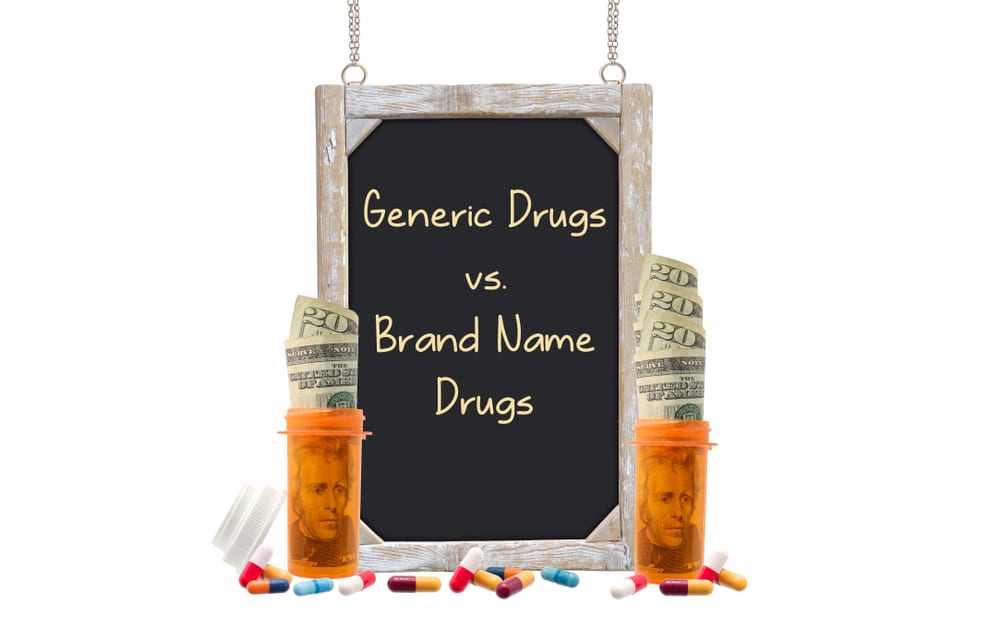Medicare Part D’s coverage applies to a plan-specific medication list known as a formulary. The prescription drug plan has to be purchased separately from Medicare Parts A and B. You don’t have to get Medicare Part D when you’re first eligible – but it is advisable if you take prescriptions and do not have any other form of creditable drug coverage.
Medicare Part D has precautions in place so policyholders can safely take medications and pay less for their prescribed medications. Getting a prescription for a medication that’s on the formulary when there’s no generic version of your prescribed medication involves coordination between you, the one writing your prescriptions, your insurer, the drug manufacturer, your pharmacy, and the FDA.
Part D Isn’t the Same for Every Plan, But This Principle Applies to All of Them
Medicare Part D’s formulary isn’t the same across every plan, but there are certain rules. A Medicare drug plan must cover medications falling under “protected classes”. HIV and anti-cancer medications are examples. Other examples include antidepressants, antipsychotics, immunosuppressants, and anticonvulsants.
Formulary Splits Medications into These Categories
Medicare Part D formularies separate prescription drugs based on tiers. Part D separates medications based on price. Tiers indicate the amount you pay in copayments relative to the others.
- Tier 1 – most generic drugs; lowest copayment
- Tier 2 – preferred brand name medications; medium copayment.
- Tier 3 – non-preferred brand name medications; high copayment.
- Specialty Tier – all of the most expensive brand name medications, with the most expensive copayment
Formularies Favor Generics
Medicare Part D favors generic versions of brand name medications because they’re at a lower cost to you and the formularies may cover generics, but not the brand names.
If your medication isn’t on the formulary, you will be switched to a similar generic medication. However, if it’s a brand name medication and your prescriber insists on you being on that medication, then you may be granted an exception. The same can be said for when your plan wants to switch you to a generic medication on a lower tier (either being the generic version of that medication or a generic medication similar to what you were prescribed). If your prescriber sees no viable alternative to your prescribed medication, then this can also qualify for an exception.
The FDA has the final say about a generic medication’s status as the brand name equivalent. A generic medication has to be similar to the brand name with respect to how the medication is taken, its quality and potency, characteristics of performance, why it’s administered, and most importantly — if it’s actually safe to take.
Call Cornerstone Today
If you follow through with your free consultation, your medications can be a fraction of what you’re paying right now. Our mission is to set a precedent for what customer service should be. Let Cornerstone be your milestone, and find out more by calling us at 316-260-3331.

